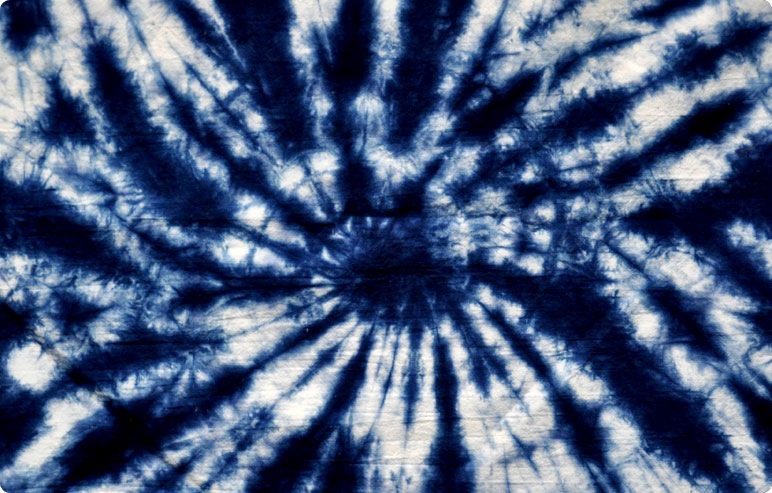Innovative Indigo Yarn Dyeing Solutions for Sustainable Fashion Industry
The Art and Science of Indigo Yarn Dyeing A Journey through Tradition and Innovation
Indigo yarn dyeing is a captivating blend of art and science, steeped in history and tradition while embracing modern innovation. This ancient practice has been cherished for centuries, resulting in mesmerizing hues of blue that have adorned fabrics across cultures and continents. Today, indigo dyeing factories are not just places of production; they are vibrant hubs of creativity, sustainability, and craftsmanship.
Historical Significance
Indigo dyeing dates back thousands of years, with origins in regions such as India, Africa, and Central America. The name indigo itself is derived from the Latin word indicum, meaning from India. For centuries, indigo was a valuable commodity, often referred to as blue gold. It significantly impacted trade routes and economies, becoming a symbol of wealth and status.
Traditional methods of indigo dyeing involve the use of natural indigo plants, such as Indigofera tinctoria. The process is elaborate, requiring skilled artisans to cultivate, ferment, and extract the dye. This organic approach not only produces rich, deep blues but also reflects a sustainable relationship with nature—a practice increasingly relevant in today’s environmentally conscious world.
The Dyeing Process
The journey of indigo yarn begins with the preparation of the dye bath. Artisans carefully choose their indigo and prepare it through a fermentation process that transforms the plant material into a soluble dye. The yarn, often made from cotton or silk, is then dipped into the dye bath multiple times, allowing the fabric to absorb the pigment. The unique characteristic of indigo lies in its ability to change color; as the yarn is exposed to air, the vibrant blue emerges.
In modern indigo dyeing factories, traditional techniques are complemented by technology. While some artisans still rely on centuries-old methods, many have adapted to contemporary practices that allow for greater efficiency and consistency. Innovations such as digital dyeing machines can replicate the rich hues of indigo while reducing water usage and chemical waste, contributing to a more sustainable dyeing process.
indigo yarn dyeing factory

A Cultural Revival
As global interest in sustainable practices grows, there has been a renewed appreciation for traditional crafts, including indigo dyeing. Many young artisans are returning to their roots, learning the ancient techniques passed down through generations. Workshops and schools dedicated to textile arts are popping up, fostering a new generation of dyers who respect the heritage while incorporating modern designs and applications.
Indigo is more than just a color; it represents a connection to culture and identity. In Japan, for example, the art of aizome (indigo dyeing) is celebrated as a national treasure, showcasing intricate patterns and designs that reflect the landscape and heritage of the region. Similarly, in West Africa, indigo dyeing plays a crucial role in local traditions, where vibrant fabrics are intrinsic to cultural ceremonies and expressions.
Sustainability and the Future
The future of indigo yarn dyeing lies in embracing sustainability. As the fashion industry faces increasing scrutiny over environmental impacts, brands are turning to natural dyeing methods as a solution. Factories are exploring organic farming methods for indigo cultivation, ensuring a low-impact supply chain that resonates with eco-conscious consumers.
Moreover, dyeing factories are focusing on closed-loop systems that recycle water and reduce waste, making the dyeing process not only environmentally friendly but also economically viable. This has opened up new avenues for collaboration between traditional artisans and modern innovators, creating a dynamic ecosystem where heritage meets contemporary design.
Conclusion
Indigo yarn dyeing is a remarkable fusion of history, culture, and innovation. As we navigate the challenges of the modern world, this ancient craft continues to inspire and captivate, offering a sustainable perspective on fashion and textiles. Whether through traditional artisan workshops or cutting-edge factories, indigo dyeing remains a vibrant testament to human creativity and our enduring relationship with nature. The deep blues of indigo will forever tell a story—of the past, of craftsmanship, and of a brighter, more sustainable future.
-
The Timeless Art of Denim Indigo Dye
NewsJul.01,2025
-
The Rise of Sulfur Dyed Denim
NewsJul.01,2025
-
The Rich Revival of the Best Indigo Dye
NewsJul.01,2025
-
The Enduring Strength of Sulphur Black
NewsJul.01,2025
-
The Ancient Art of Chinese Indigo Dye
NewsJul.01,2025
-
Industry Power of Indigo
NewsJul.01,2025
-
Black Sulfur is Leading the Next Wave
NewsJul.01,2025

Sulphur Black
1.Name: sulphur black; Sulfur Black; Sulphur Black 1;
2.Structure formula:
3.Molecule formula: C6H4N2O5
4.CAS No.: 1326-82-5
5.HS code: 32041911
6.Product specification:Appearance:black phosphorus flakes; black liquid

Bromo Indigo; Vat Bromo-Indigo; C.I.Vat Blue 5
1.Name: Bromo indigo; Vat bromo-indigo; C.I.Vat blue 5;
2.Structure formula:
3.Molecule formula: C16H6Br4N2O2
4.CAS No.: 2475-31-2
5.HS code: 3204151000 6.Major usage and instruction: Be mainly used to dye cotton fabrics.

Indigo Blue Vat Blue
1.Name: indigo blue,vat blue 1,
2.Structure formula:
3.Molecule formula: C16H10N2O2
4.. CAS No.: 482-89-3
5.Molecule weight: 262.62
6.HS code: 3204151000
7.Major usage and instruction: Be mainly used to dye cotton fabrics.

